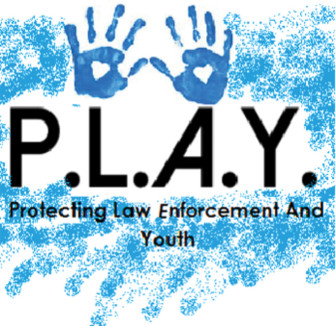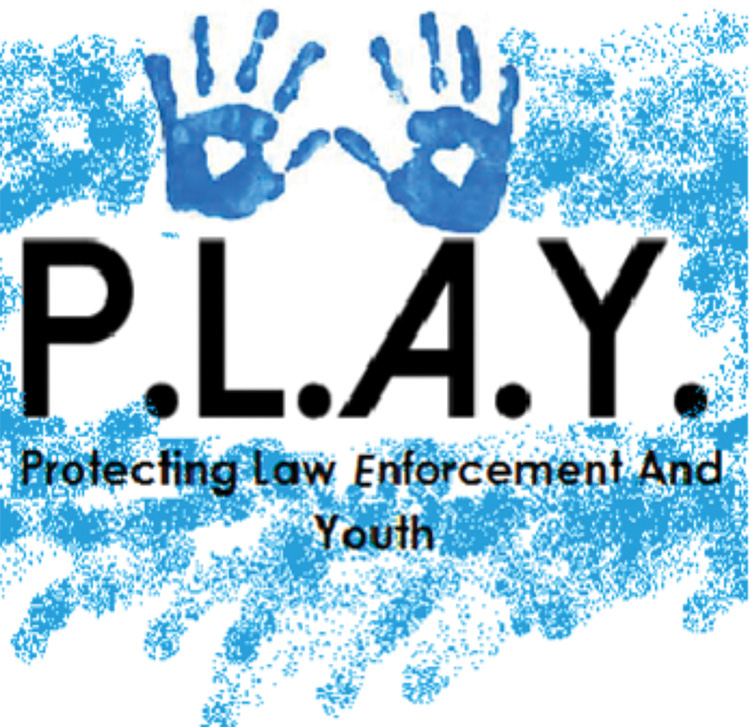Back to main post “Orderly Conduct: Classes Offer Dos and Don’ts for Dealing With Police”
 In order to make Protecting Law Enforcement and Youth — or PLAY — a reality at The Boys & Girls Club of Fitchburg and Leominster, Mass., club member Laura Jenny, 16, and her schoolmate, Isaac Annan, 15, had to put together a budget and presentation, giving the pair firsthand experience in designing, financing and implementing a program.
In order to make Protecting Law Enforcement and Youth — or PLAY — a reality at The Boys & Girls Club of Fitchburg and Leominster, Mass., club member Laura Jenny, 16, and her schoolmate, Isaac Annan, 15, had to put together a budget and presentation, giving the pair firsthand experience in designing, financing and implementing a program.
Through PLAY, Laura and Isaac have staged four “Juvenile Justice Jeopardy” (JJJ) games at the Boys & Girls Club and at their school, Leominster High School.
They discovered JJJ after doing an Internet search for something fun and educational that would teach young people how to respond when approached by police.
They also designed a logo for T-shirts and other materials to build a brand identity.
Laura was motivated to do something to keep kids safe in the aftermath of the 2012 death of Trayvon Martin, a 17-year-old killed in Florida during a confrontation with George Zimmerman. She thought about what would happen if her younger brother got “pulled over by a cop, or something like that.”
“He doesn’t know instinctively what to do,” Laura explained. “I thought about my friends, and a lot of my friends have had interaction with law enforcement in our area for different things.”
And her friends have told her that the mere sight of handcuffs makes them want to run, which often makes things worse.
Laura wanted to find an alternative.
A school counselor suggested Laura and Isaac seek funding from United Way Youth Venture, a Massachusetts-based United Way program that provides young people with financing to make their programmatic dreams a reality.
The two took her advice. Adults were involved, but in an advisory capacity.
For instance, Kashawna Davis, intake specialist at the Boys & Girls Club of Fitchburg and Leominster, was available to consult with in case they ran into any obstacles or needed a staff member’s viewpoint.
Davis said it was a good idea for the project to be youth-led because it prompts adults to view young people with respect instead of contempt.
“A lot of them believe that youth want to get in trouble,” Davis said. “Laura and Isaac want to better their community and make sure the youth that are here, if they should find themselves in any type of trouble, that police officers would know who they are.”
Along those lines, one aim of PLAY is to create greater communication and understanding between local police and young people through educational events.
One such event was hosting the interactive JJJ game, created by Strategies for Youth. a Cambridge, Mass., organization that provides training to young people and police on how to have more positive interactions.
Organizations must get licensed to use the game, which is customized because laws, practices and policies may vary from one jurisdiction to another, said Strategies for Youth Founder and Executive Director Lisa H. Thurau.
Some agencies, such as the Indianapolis and Sacramento, Calif., police departments, and the New York City Administration for Children’s Services, have used the game to foster better relations with young people in their jurisdictions, Thurau said.
“To build it from scratch and make two versions and give out a license, it’s $15,000,” she said.
The game covers topics from whether the contents of school lockers are private property (they are not) to whether school police and transit police are “real” police officers (they are), Thurau said.
It also covers circumstances in which young people may be subject to patdowns and when they can be interviewed without a parent present.
Talking to a kid without the parent there is permitted. Asking them where they were is permitted, Thurau said. “How the kid chooses to respond can really determine the outcome of the interaction.
“We are by no means justifying officer behavior in response to rudeness,” Thurau said. “We don’t think you should be arrested when you’re rude, but we know it doesn’t help [young people] when they are.”
Thurau said evaluations show the game makes a difference in what young people know about interacting with police.
“What we find is that like 80 percent of the kids who complete the evaluation are telling us that 50 to 75 percent of the information is new to them,” Thurau said. “And that’s way too much.”
Isaac said it was important that he and Laura took the lead on bringing the game to young people in their area.
“I think it’s more effective when young people get involved because now we’re going to teach our generation how to do all this so when they grow up, it sticks with them in their mind,” Isaac said.
At the same time, Isaac said, it helps to have “a couple of adults with us backing us up.”
“If we have adults with us, it’s kind of like an authority thing,” Isaac said. “People would not just listen to us.”
Back to main post “Orderly Conduct: Classes Offer Dos and Don’ts for Dealing With Police”


























